RSA Receives National BLM Award
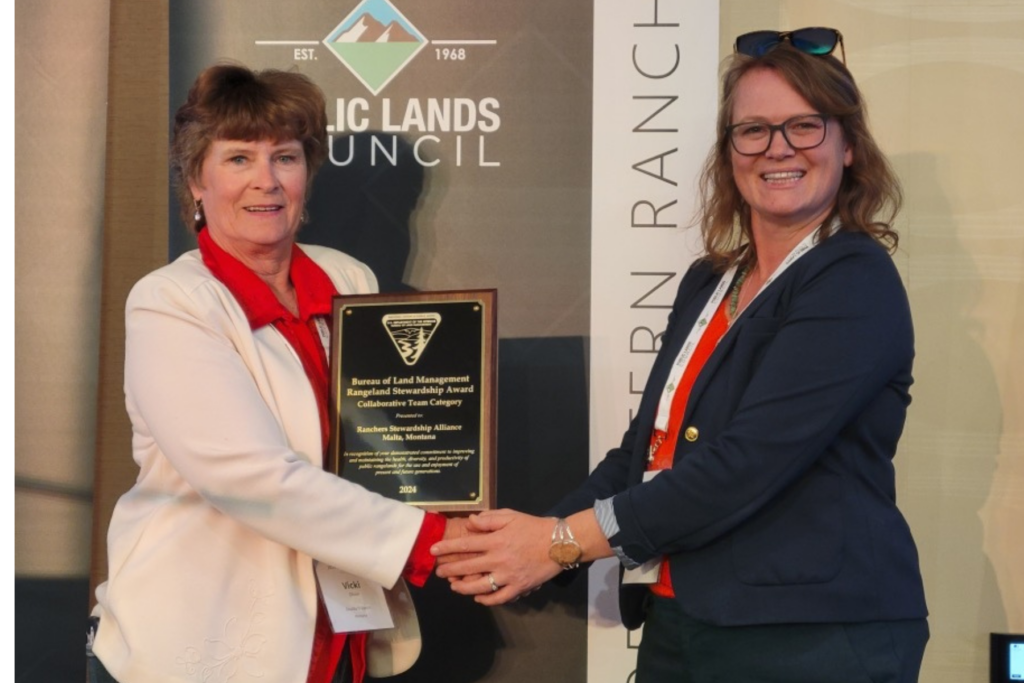
The following is a press release from the Bureau of Land Management: WASHINGTON, D.C. – The Bureau of Land Management (BLM) recently announced the winners of the 2024 Rangeland Stewardship and Rangeland Innovations awards, which recognize exemplary management and outstanding accomplishments in restoring and maintaining the health of public rangelands. The awards were presented Sept. 18 […]
Next Year Country
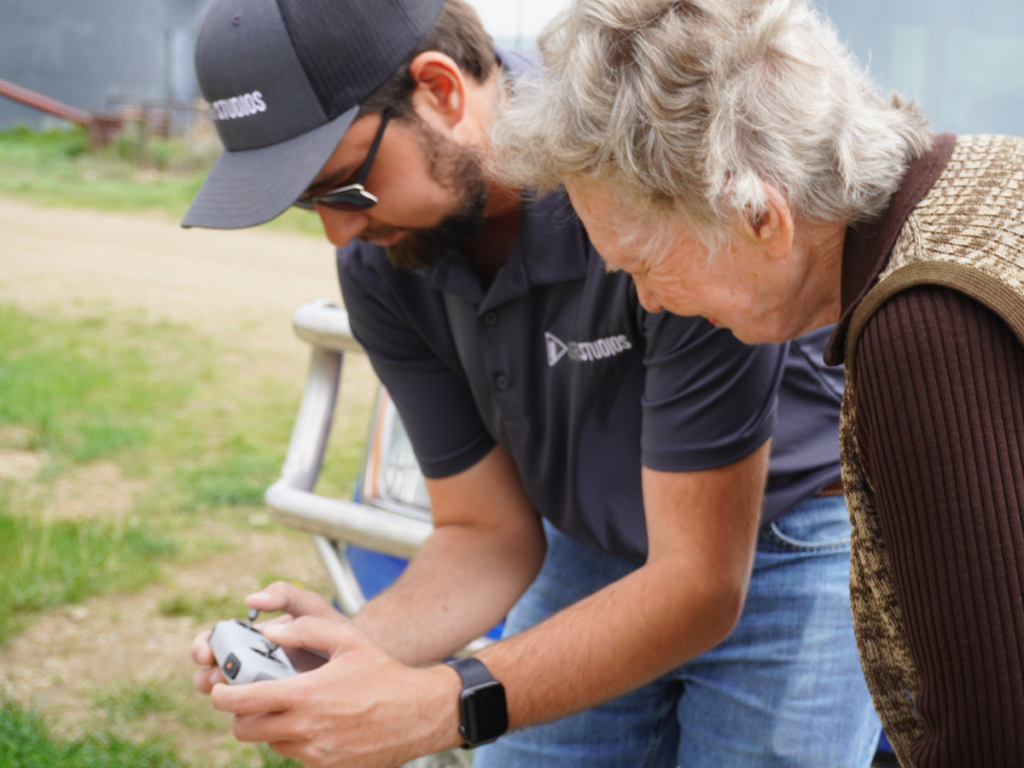
If walls could talk, the pistachio green surface of Sally Austin’s kitchen would instantaneously have you settled in over a cup of steaming Folgers. A gallery of framed photos, some slightly askew, tells the story of the 70 years Austin has lived on the ranch. Tucked among them, funeral programs and a well-worn flyswatter remind […]
Tradition, Trial, and Targeted Implementation
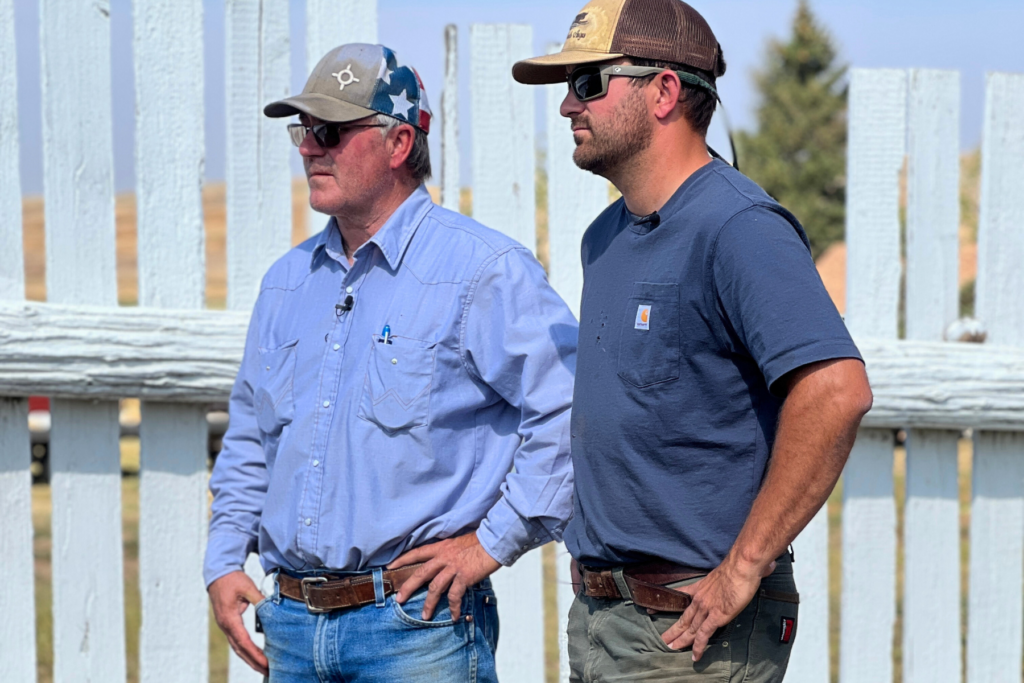
https://www.youtube.com/watch?v=3QPfYuvcj2A Beneath wispy clouds set in a blindingly blue sky where Montana and Saskatchewan become indistinguishable from one another sits the Louie Petrie Ranch, an exemplary model in ranch tradition, innovative trial, and targeted implementation. It’s on this land outside of Turner where you’ll find multiple generations strategizing for the long-term viability of the ranch […]
Ranchers Stewardship Alliance Honors Jacquelyn (Jacquie) Evans with 2024 Gold Star Award

The Ranchers Stewardship Alliance (RSA) is proud to announce Jacquelyn (Jacquie) Evans as the recipient of the 2024 Gold Star Award. Evans, the Science Integration Specialist with the Prairie Pothole Joint Venture (PPJV), received this prestigious accolade on Wednesday, June 12, 2024, at the Matador Ranch Science Symposium. The Gold Star Award is presented annually […]
Becoming the Beaver
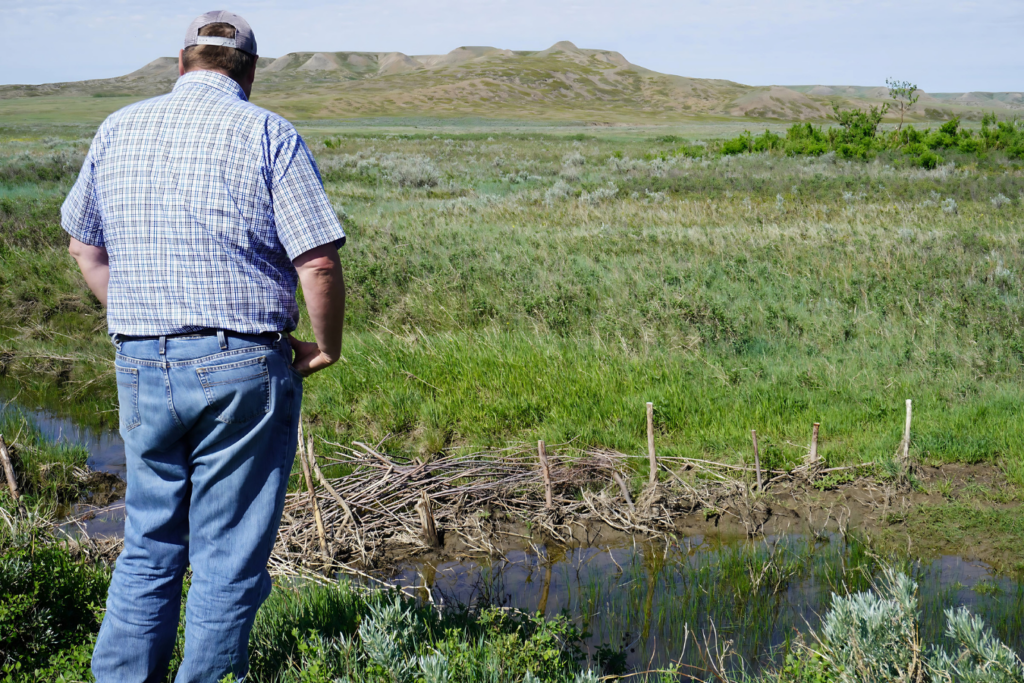
How one rancher’s unconventional approach is bringing water back to an arid landscape. The sweet peas are popping up in north Phillips County, enjoying the cool Montana spring before the heat of summer puts them to rest for another year. Birds chirp. The breeze is cool, the air fresh. And in the mind of Brian […]
Nonprofits Collaborate for Agricultural Grassbank Campus
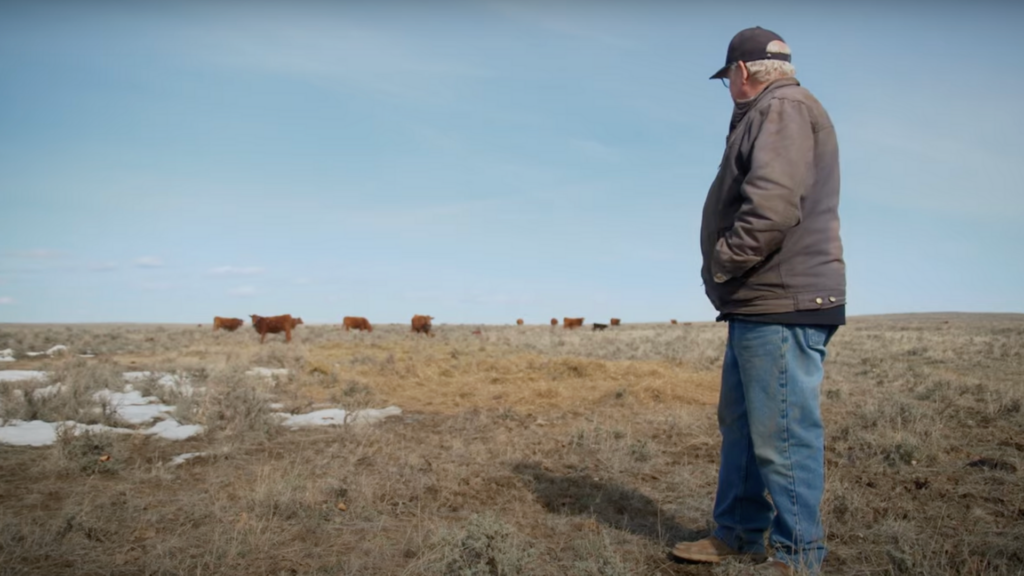
Ranchers Stewardship Alliance (RSA), a rancher-founded nonprofit based in Malta, MT, and Winnett ACES, a grassroots-led nonprofit in central Montana are jointly announcing a partnership with The Nature Conservancy (TNC) to create a potential “grassbank campus.” If realized, the campus would serve as a physical location for continuing agricultural education alongside the fostering of grazing […]
Ranchers Stewardship Alliance Launches ‘Giving Tuesday’ Campaign
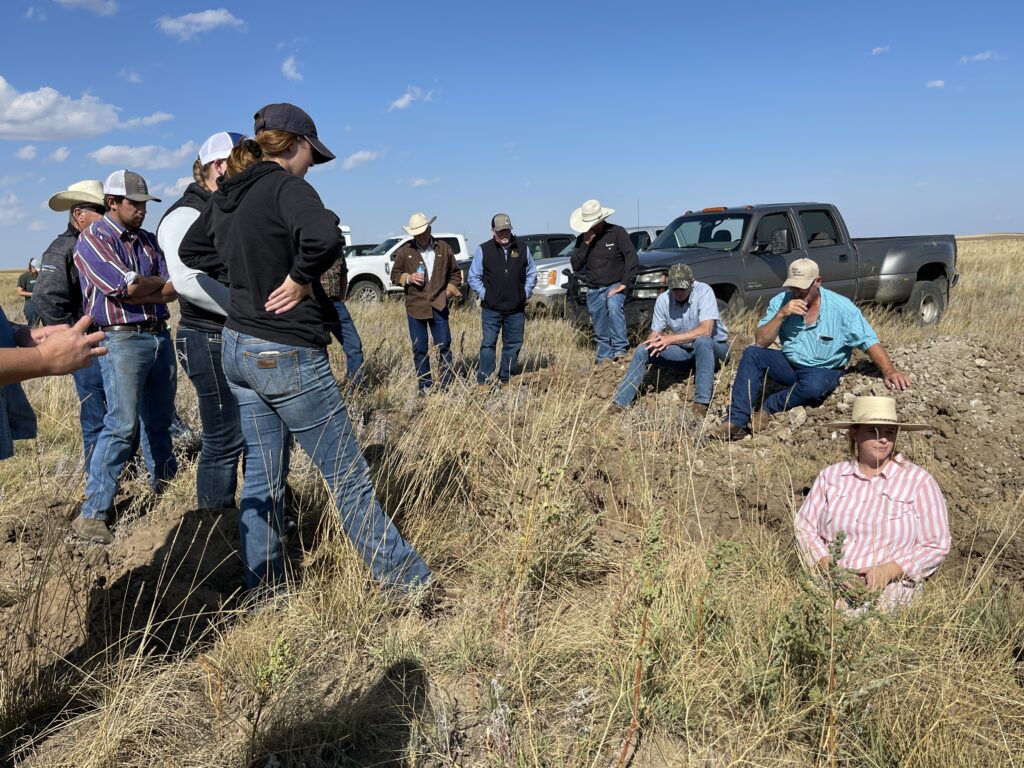
Feeling tapped after Black Friday, Small Business Saturday, and Cyber Monday? We understand! For this reason, Ranchers Stewardship Alliance (RSA) is thrilled to announce our ambitious “Giving Tuesday” campaign. This initiative is designed to encourage engagement with RSA across various platforms without costing you a dime. Ready to subscribe? YouTube Channel: RSA is urging individuals […]
Ranchers Benefit from Fencing Projects with Ranchers Stewardship Alliance

There’s been entire books written on the history of fencing in the West. The evolution of barbed wire, the impact fences had on the landscapes, and the range wars that ensued when fences first went up are all remarkable and fascinating stories that will forever stand in the history of the American West and the […]
Mike Borgreen, Glasgow BLM, Receives RSA “Gold Star Award”
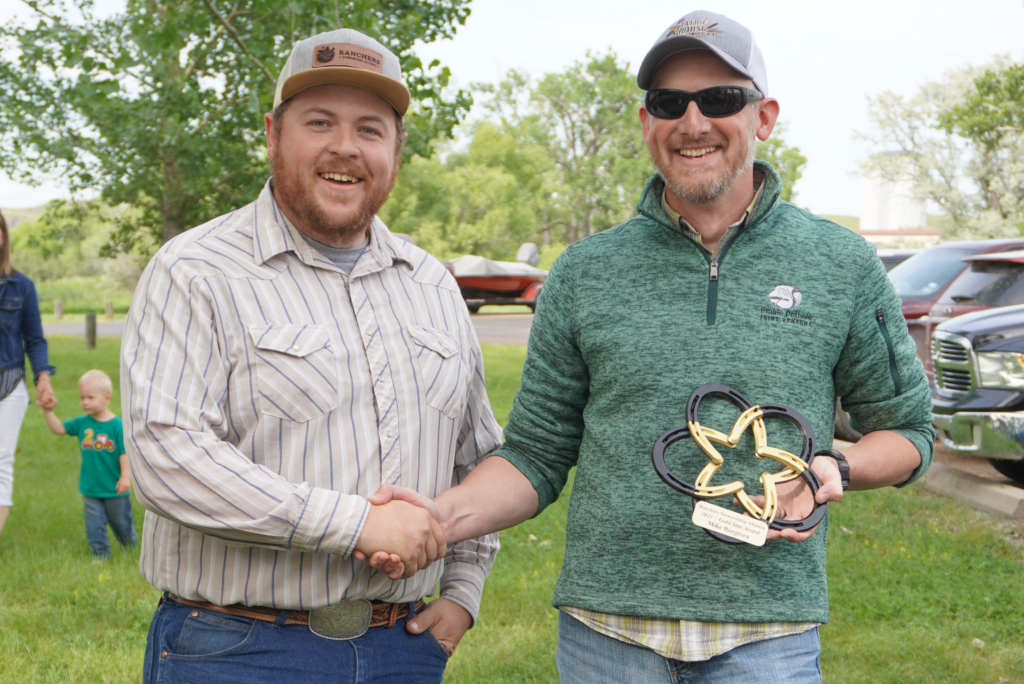
The Ranchers Stewardship Alliance (RSA) is proud to announce that Mike Borgreen, a dedicated biologist and current Acting Field Manager from the Glasgow Bureau of Land Management (BLM) has been awarded the 2023 RSA Gold Star Award for his exceptional contributions to conservation and land stewardship. The RSA Gold Star Award is presented annually to […]
A Deep Dive into the Carbon Markets
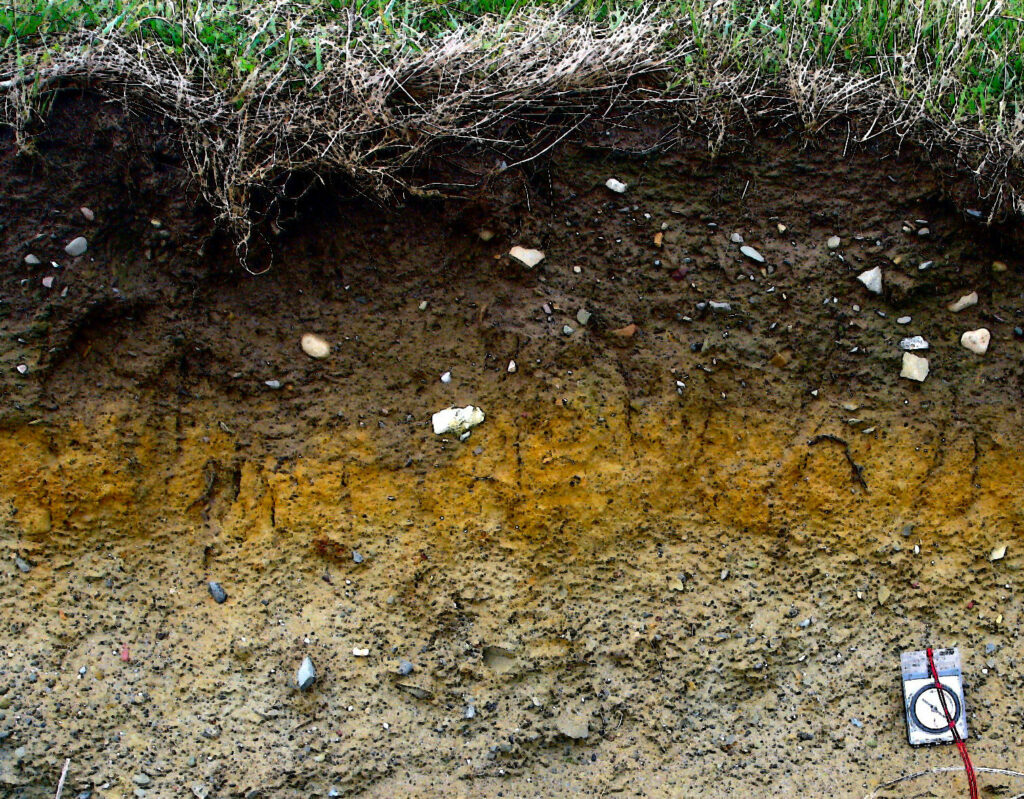
With increased trading of carbon credits in the “Ecosystem Marketplace,” ranchers throughout the countryside are questioning the risks and rewards associated with entering a carbon credit contract. During a recent panel discussion co-hosted by Good Grazing Makes Cent$ and the Ranchers Stewardship Alliance at the annual Society for Range Management meeting, all angles of the carbon […]